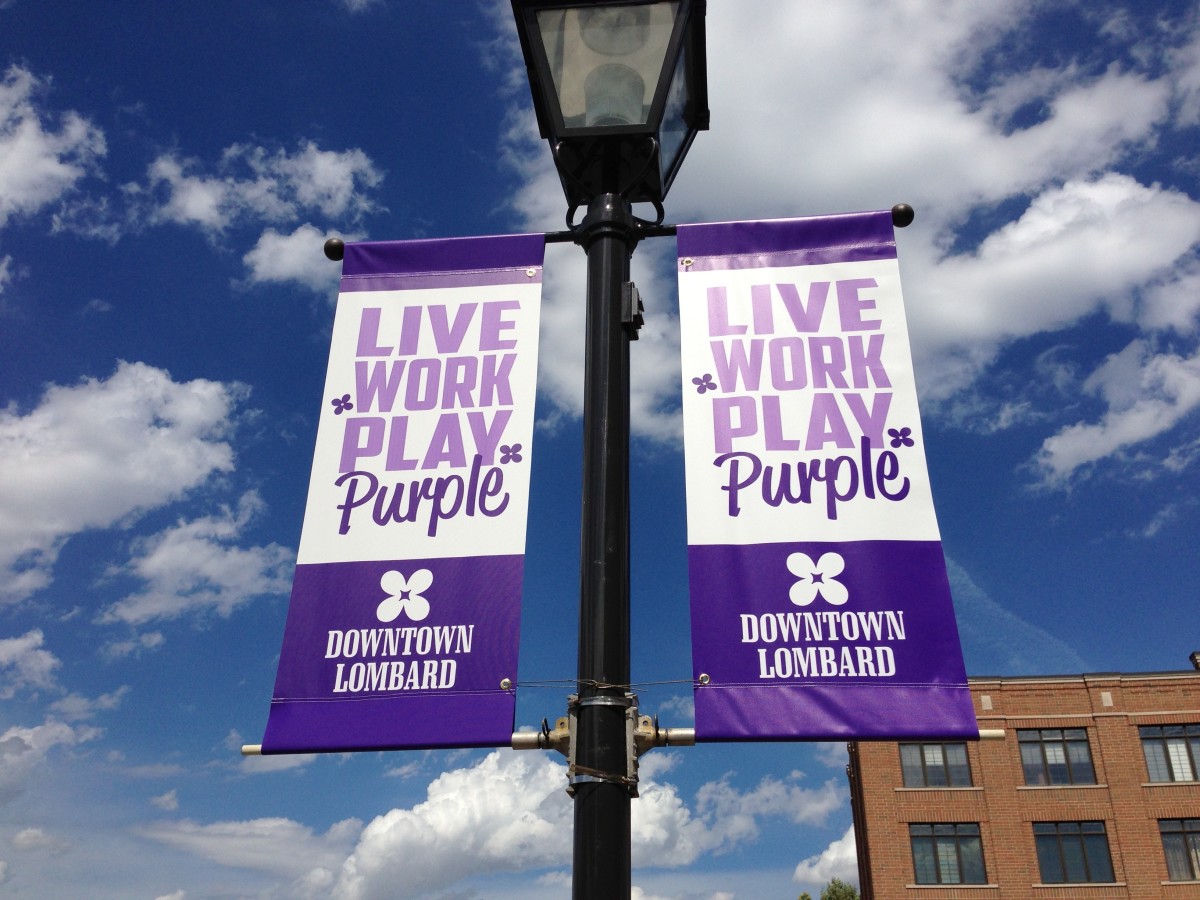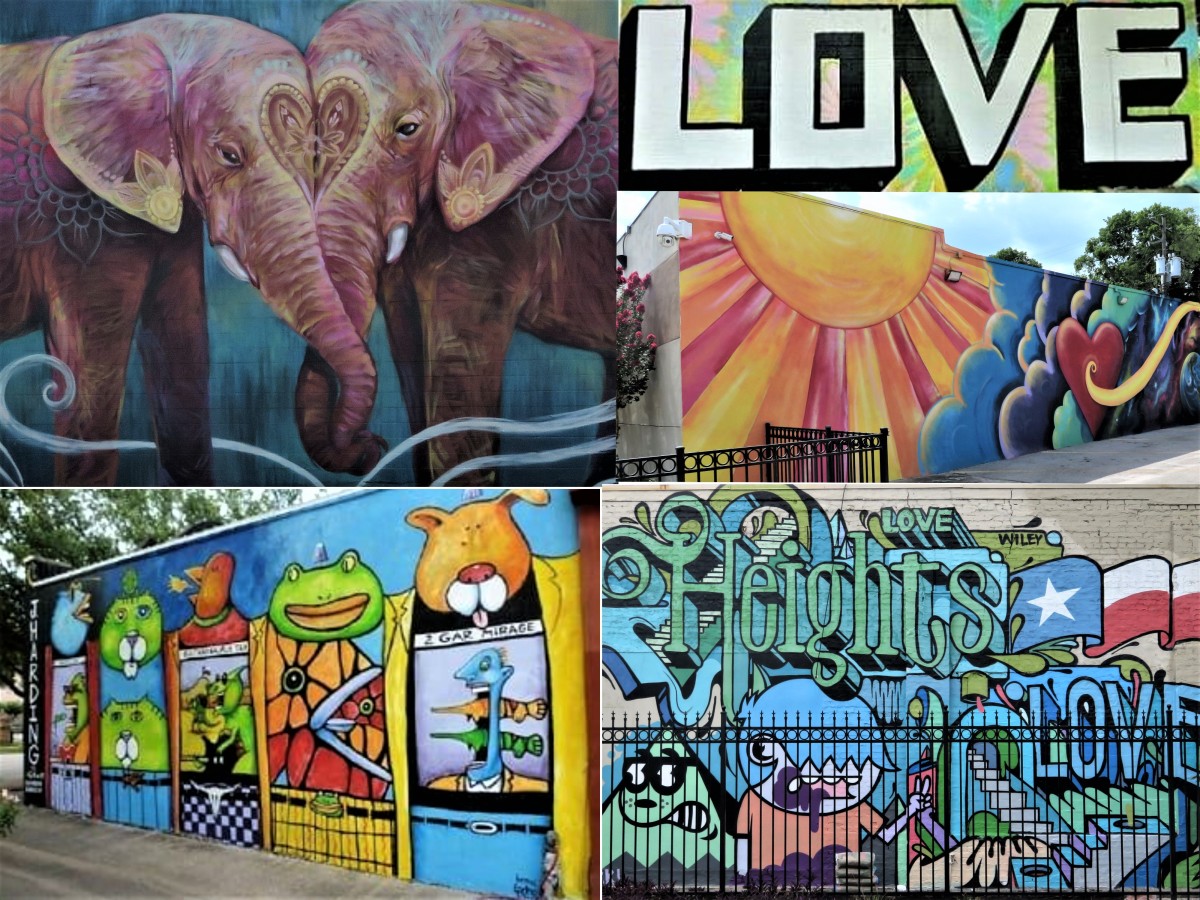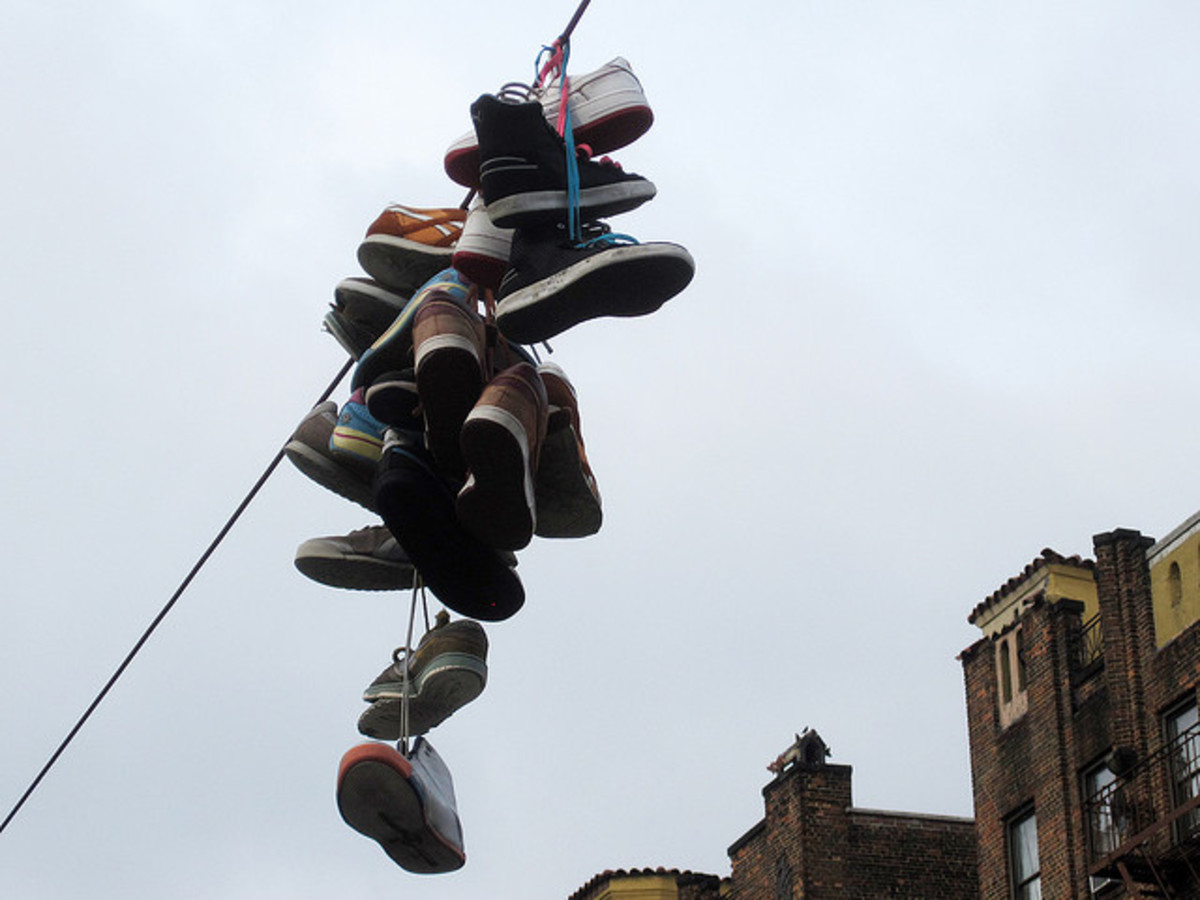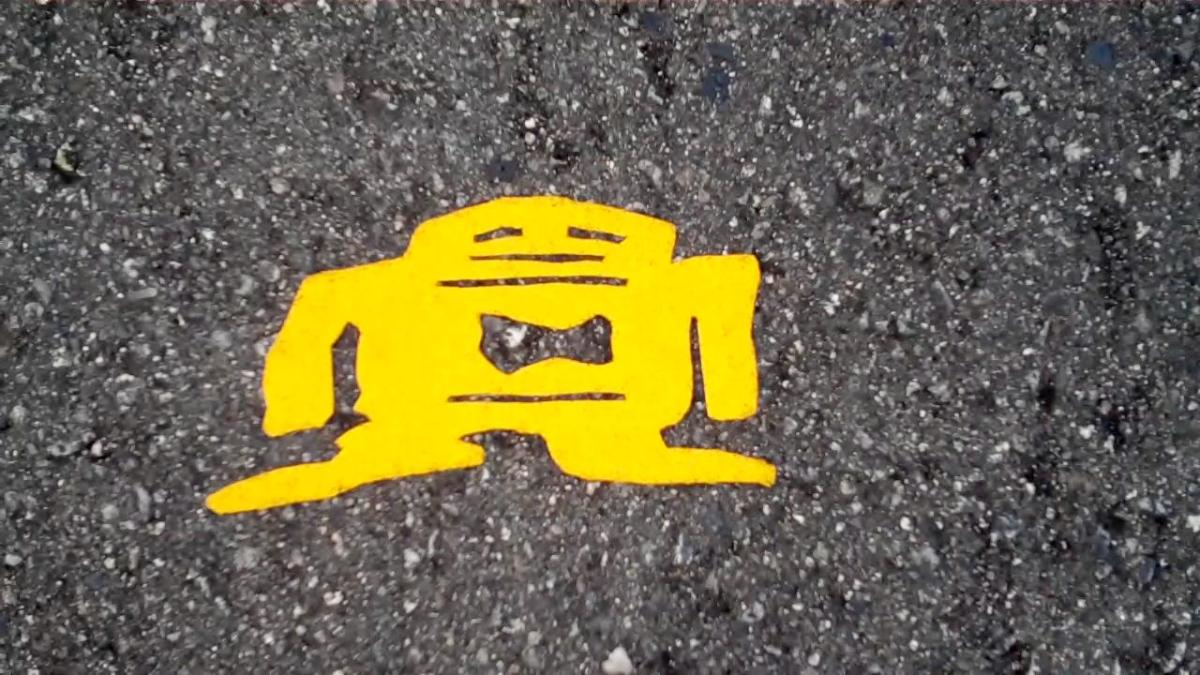Reclaiming Your Visual Space
Billboards Provide A Medium Of Expression For Artists And Communities
Corporate advertising bombards people from our television sets, the internet, radio, and even from billboards towering over our community. The availability of these mediums to artists and community members has been gradually dwindling away.
"The problem is that this kind of advertising; billboards, magazines, television, these mediums are so expensive to get some type of social message out, or to put you art on a billboard. It's so expensive to do that, and that money and the way it equals power is how its squelching the message," said Owen Mundy, director of Your Art Here, an organization in Bloomington, Indiana.
Your Art Here focuses on putting art that inspires social change on billboards throughout Indiana. The group started soon after Mundy put up a 8 by 16 foot billboard in the lawn of an art building.
"It was double-sided, and if you drove by and stopped at just the right moment you could see the images that I put on each side were actually of the space that was behind the billboard," Mundy said.
"The idea was that it questioned the methods that you see on billboards and whether or not they have the right to take up your visual space."
Mundy appreciates that most of the imageries we see come from designers. However, he questions the way images are currently being used.
"Basically, I think that advertising can be done in different ways, and it could be done in a way that still got the word out," he said.
Marketing and advertising can be crucial to an organzation's or magazine's success. Otherwise, they won't get the base they need to survive and get their message out. It can be an important catalyst for social change.
"The idea that we're creating something and marketing something that's really not for our own benefit; that we're marketing social change, in that respect marketing is a beautiful thing, and its tons of fun," Mundy said.
"All these corporations, these large corporations and these smaller corporations, they're just selling a product, and really what good is that going to do me. Nothing. It's all greed," he said. "One idea that I kind of have is that for every billboard that you buy to sell some kind of crap you should have to spend the same amount of money to put art on a billboard, or maybe fund a United Way project."
Many of the media outlets are owned by a handful of corporations including General Electric, and Disney. The ABC network is currently owned by Disney. Disney also owns several nuclear power plants. This relationship effects the type of news that reaches viewers from the network.
"This is an actual case where there was a leak and some people got radiation poisoning at one of the power plants, and everyone covered it but ABC because ABC is a subsidiary of Disney and they're not going to let that happen," Mundy said. "So, when you think of one company owning all of these media; radio and TV, and you think about how narrow that scope could become if it is allowed and how little news we're actually going to get once that happens - it's really scary."
The government, in many ways, has only assisted corporations in acquiring more and more of the available media. The number of corporations involved in media ownership reduces the chance of the government being criticized.
"I guess Clear Channel eight years ago, before the last FCC relinquishing of the airwaves, Clear Channel owned forty radio stations. Supposedly, they own 12,000 now. Yeah, in eight years! It's really, really scary," Mundy said.
There are many groups doing guerrilla activism with imagery. The Billboard Liberation Front, and similar groups, find commercial billboards, change them with Photoshop, and paste over part of the billboard. Your Art Here has chosen a different tactic.
"I found this Jello Biafra quote, "Don't hate the media, be the media," and so that kind of became our driving force and what we want to do is become the media rather than try to fight it," Mundy said. "In so many words we're fighting it by using it and using those same outlets they have."
Your Art Here has put up two billboards after the Billboard Nation competition, and two after the Kids Art competition during National Youth Art Month. During the first call of entries there wasn't a theme to the competition.
"It's inherent in what we do and the whole idea of Your Art Here that we're reclaiming our visual space. That we're taking over advertising and the space that advertising uses.”
A piece by Andrew Glen contained images of men and women on black and white paper. The men wore ties, and the women wore dresses with bows.
"They're just stereotypical, like your generic man and generic woman, and they're just lined up all the way like they were sitting in bleachers or something. It made them look like this huge group of a huddled masses in the fact that they're all wearing this attire, this business attire, and they're so homogenous," he said.
Another piece by Dana Sperry said "Making My Neighborhood Luckier One Penny at a Time". The artist used the metaphor to wish his neighbors luck, and to represent the idea of being friendly by spreading the good.
"He placed one thousand pennies, all heads up, in the perimeter of the billboard on the ground," Mundy said.
Sperry also did a piece in Chicago called the Sunflower Invasion Project. He found unused planters in the grassy areas of old, run-down apartment buildings and planted sunflowers in them.
"He wasn't supposed to do it, and people got upset about it," he said. "But all he was doing was planting sunflower seeds."
The group also did a call for entries among K-6 and 7-12 grade schoolchildren. The theme of the contest was Peace and/or War. One teacher didn't want the children to think about war because they were in 3rd and 4th grade, according to Mundy.
"She made all her students make work about peace - peace only. So, we got tons of doves and peace signs, and it was really funny, great stuff," he said.
The group decided to put up a piece by an eight year old named Ben on a billboard after the contest.
"He took the Peace and/or War very literally. Just drew a line right down the middle of the paper. It's called "This is Your Choice"," Mundy said. "and so he made one side the war side and one side the peace side. Everything is really happy and green and lush on the peace side, and the people are having fun. On the war side the ground is brown and there are scratches, blade scratches in the earth, and people are dying. It's a very literal interpretation, and it's very obvious how he feels about it."
"Then the fact that it comes from an eight year old adds another layer to the whole idea, and that here's someone who hasn't been influenced by the media and this is what he thinks. This is just his very literal and somewhat simple interpretation of the world and why we shouldn't solve our problems like this," Mundy said.
While most of the reaction to the billboards is positive, the group did receive some negative feedback from a billboard company that was to put up the "This is Your Choice" piece.
"The salesman from the company called Nathan (another organizer of Your Art Here) and said, "I wanted to make sure that you don't have a left-wing agenda," Mundy said. "So, Nathan said, "What? No. I think that's one of the beautiful things about Your Art Here is that it is art, and that it is subjective (it's supposed to be, it doesn't have to be, but it can) and that it can use that subjectivity to interact with the viewer and interact with our mind and make them think and put things together and make those connections for themselves."
One of the best responses the group received from a woman summed up the idea behind using billboards for art instead of the advertising that constantly invades people's space.
"She said, "Yeah, I was driving by and I saw a billboard and it wasn't saying anything to me. It wasn't screaming at me and telling me to buy something or to do something. I was so confused, and I didn't know what to do,"" Mundy said.
The group would like to eventually put art pieces on java jackets, which contain advertising for gum and movies in coffee shops around Bloomington, Indiana. They would also like to cover more billboards, and use them to convey ideas about important social issues.
"We're talking about a NAFTA project and that, I think, is what we'd devote most of our time to if we had unlimited money," Mundy said. "We want to put up five billboards in every state along the proposed route of I-69. "
In order to do this the group wants to organize museums, galleries, organizations, and independent media to work on one large project concerning NAFTA. Also, they want to communicate with people in Mexico, Canada, and unions. They would like to see people from these countries, and from the factories do art concerning the issue.
"Really use the billboard as a dialogue and learning tool to help people understand what exactly NAFTA is and how it's hurting our country and all of North America."
Robin Coe is a journalist and author. She wrote the fantasy novel "Fly on the Wall" and graphic novel "Illustrated Book of Wrath".






